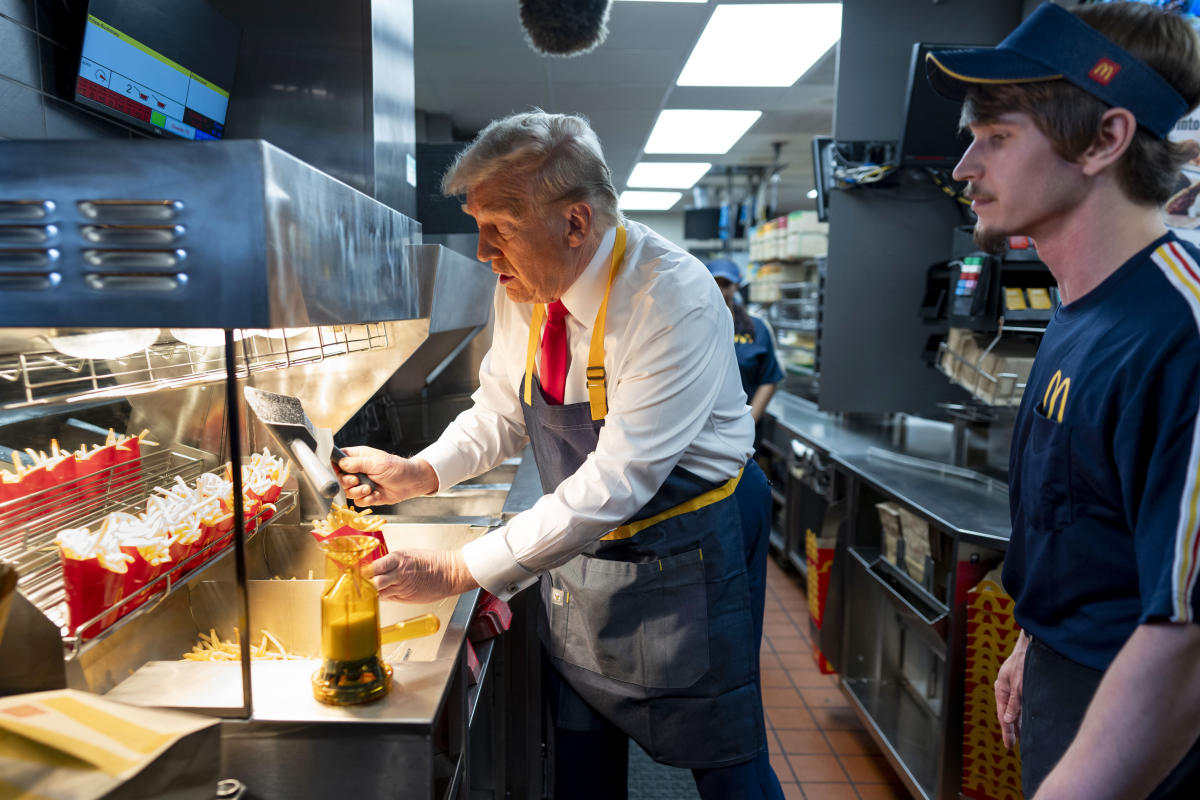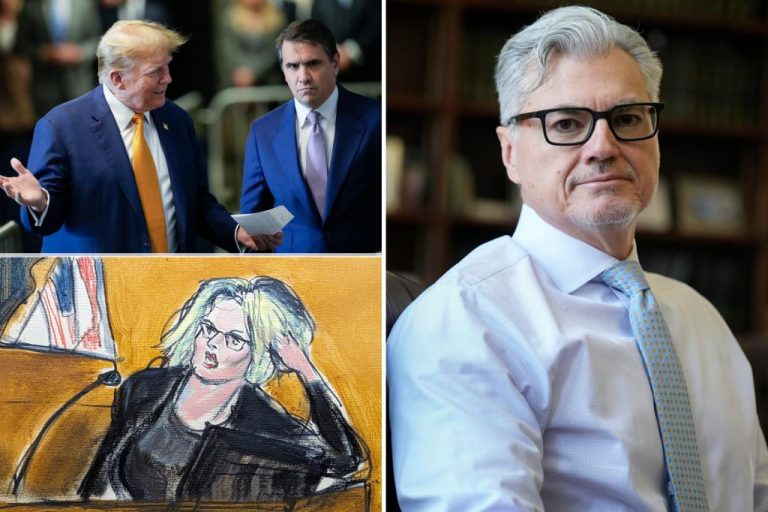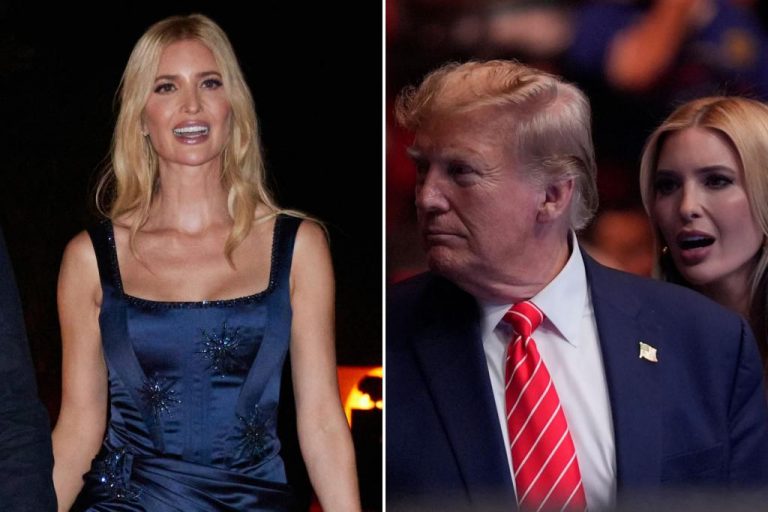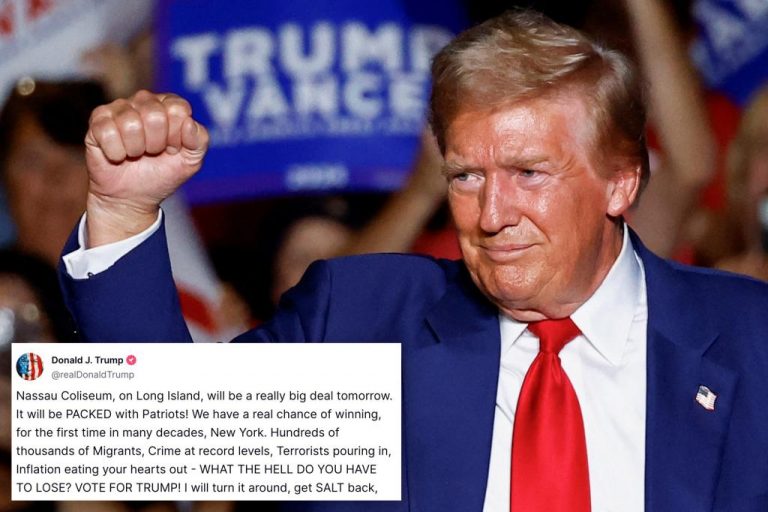Former and current service industry workers discuss Trump’s shift at McDonald’s: Genuine or for show?
Donald Trump made headlines during a recent campaign stop in Pennsylvania when he took over the fry station at a McDonald’s in response to Vice President Kamala Harris claiming she worked at the fast-food chain in 1983. Trump, who accused Harris of lying to appear more relatable to working-class Americans, stirred controversy with his impromptu shift at the popular fast-food restaurant.
Despite Trump’s claims, McDonald’s clarified that they do not keep employment records dating back to the early 80s, leaving the validity of Harris’s previous employment there uncertain. Nevertheless, Trump took the opportunity to scoop fries for a brief period before addressing reporters at the drive-through window. He humorously remarked, “I’ve worked for 15 minutes more than Kamala,” highlighting his ongoing criticism of Harris.
However, The Washington Post later reported that the McDonald’s visit was orchestrated, with only Trump supporters pre-screened by the U.S. Secret Service present. While no actual customers were served, McDonald’s reiterated that they do not endorse political candidates.
Interestingly, McDonald’s revealed that one in eight Americans have worked at the chain at some point in their lives, debunking the notion that politicians, including Trump, could fully understand the everyday struggles of the working class by engaging in such activities.
While Trump’s stunt garnered mixed reactions, with some applauding his effort and others criticizing it as a mere publicity stunt, the incident raises questions about the political strategy of cosplaying as everyday Americans to connect with voters.
Notably, comedian Roy Wood Jr. expressed skepticism about politicians engaging in such activities without truly understanding the challenges faced by service industry workers. In a viral post, Wood emphasized the importance of recognizing the demanding nature of blue-collar jobs and the distaste for performative gestures by politicians seeking to appear relatable.
Trump’s McDonald’s appearance also drew attention to the issue of minimum wage, as he evaded questions about his stance on the topic. With fast-food employees in Pennsylvania earning an average of $13.20 per hour, well above the federal minimum wage of $7.25, the gap between political rhetoric and economic realities remains a contentious issue.
Despite the controversy surrounding Trump’s fry-scooping incident, it is not the first time a presidential candidate has attempted to showcase their working-class appeal through staged photo ops. Past examples include George H. W. Bush, Bill Clinton, Al Gore, and John McCain engaging in similar activities to connect with voters on a personal level.
Looking ahead, the trend of politicians attempting to portray themselves as ordinary Americans is unlikely to fade anytime soon. As the political landscape evolves, candidates are constantly seeking new ways to engage with voters and bridge the gap between their campaigns and the everyday lives of the electorate.
Whether these staged appearances genuinely resonate with voters or are viewed as opportunistic gestures remains a topic of debate. However, one thing is clear – the intersection of politics and everyday life continues to be a dynamic and evolving aspect of the electoral process.








